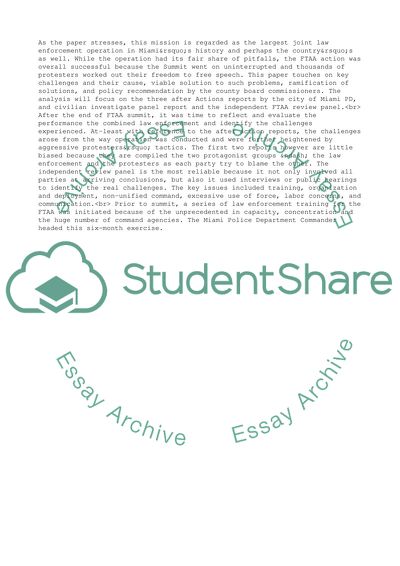Cite this document
(“Analysis of the FTAA Case Study and the FTAA after Action Reports Essay”, n.d.)
Analysis of the FTAA Case Study and the FTAA after Action Reports Essay. Retrieved from https://studentshare.org/management/1660224-analysis-of-the-ftaa-case-study-and-the-ftaa-after-actions-reports
Analysis of the FTAA Case Study and the FTAA after Action Reports Essay. Retrieved from https://studentshare.org/management/1660224-analysis-of-the-ftaa-case-study-and-the-ftaa-after-actions-reports
(Analysis of the FTAA Case Study and the FTAA After Action Reports Essay)
Analysis of the FTAA Case Study and the FTAA After Action Reports Essay. https://studentshare.org/management/1660224-analysis-of-the-ftaa-case-study-and-the-ftaa-after-actions-reports.
Analysis of the FTAA Case Study and the FTAA After Action Reports Essay. https://studentshare.org/management/1660224-analysis-of-the-ftaa-case-study-and-the-ftaa-after-actions-reports.
“Analysis of the FTAA Case Study and the FTAA After Action Reports Essay”, n.d. https://studentshare.org/management/1660224-analysis-of-the-ftaa-case-study-and-the-ftaa-after-actions-reports.


